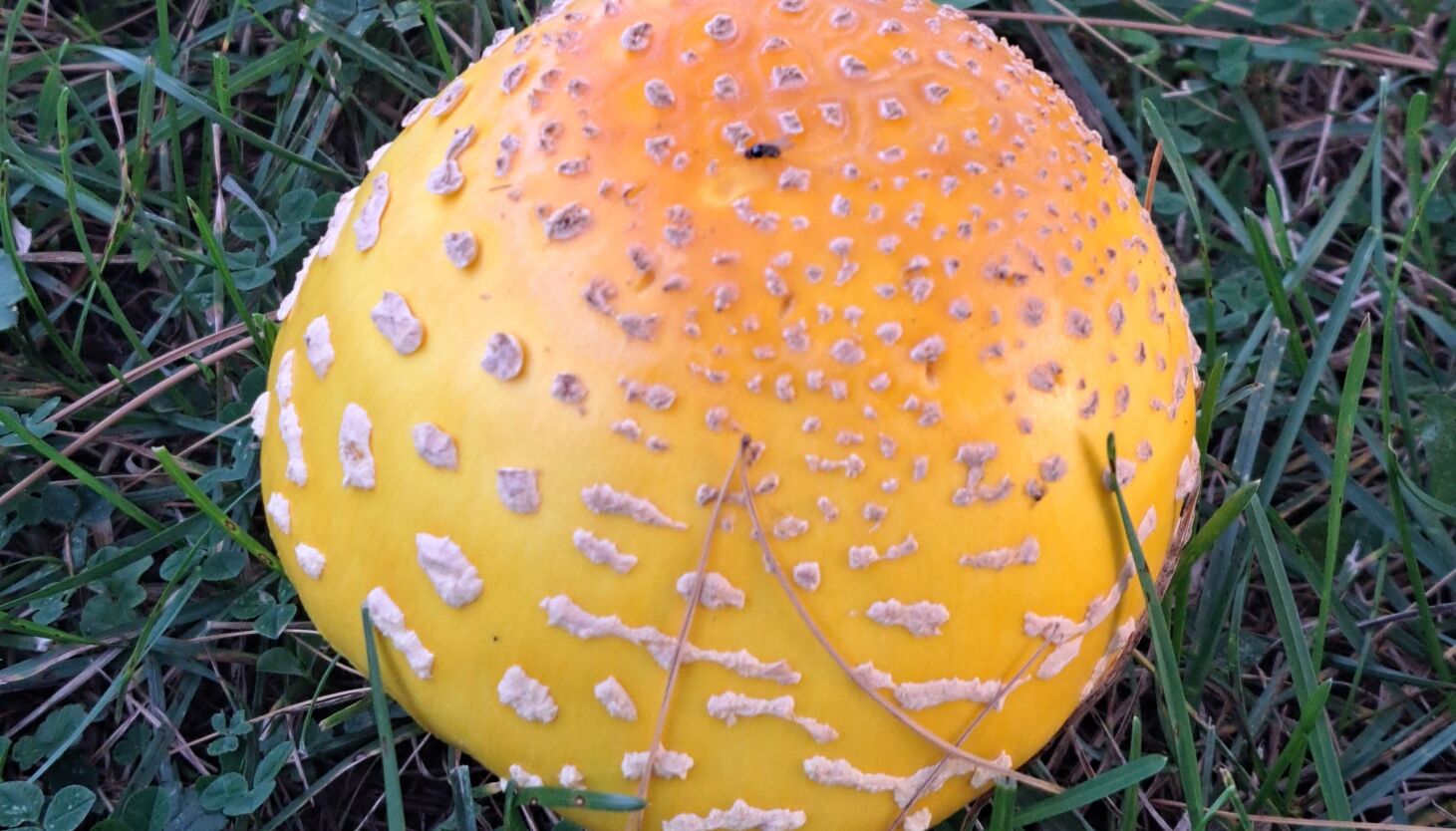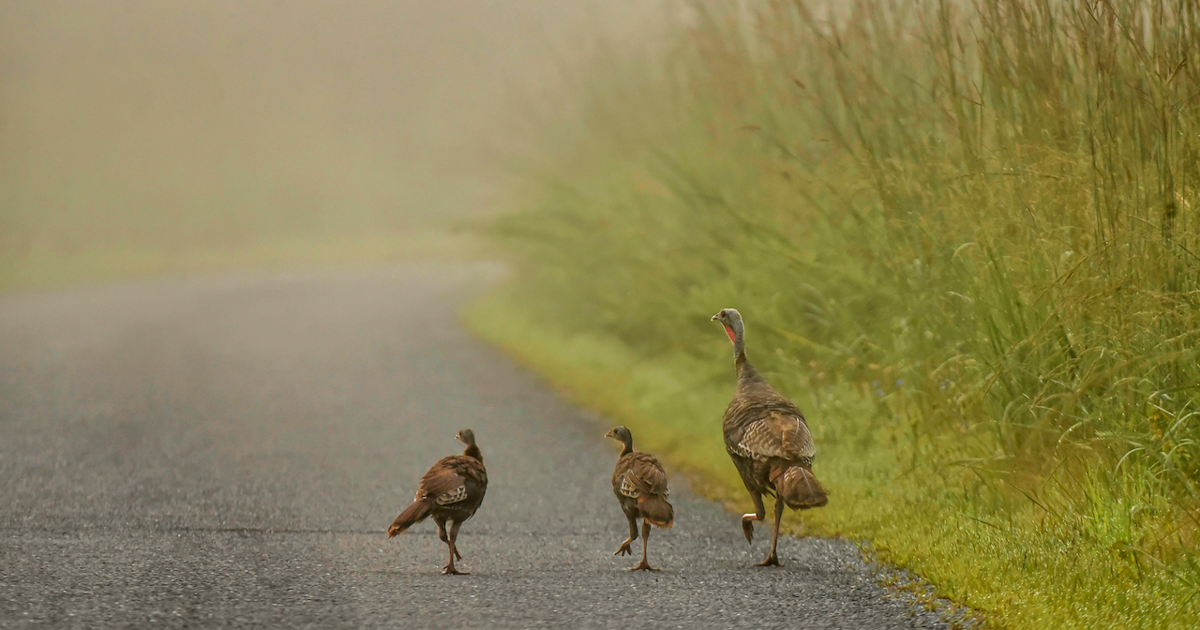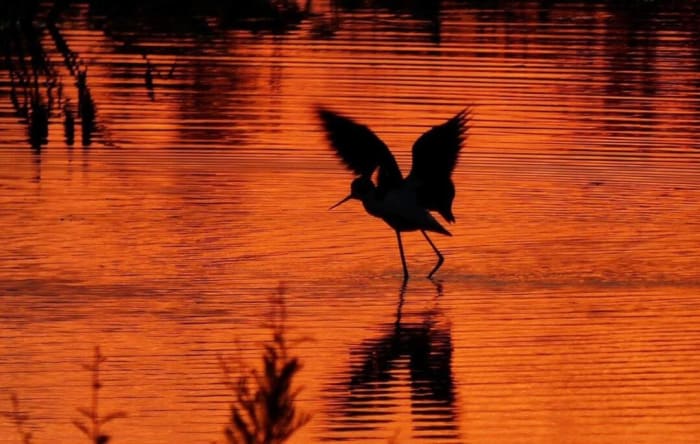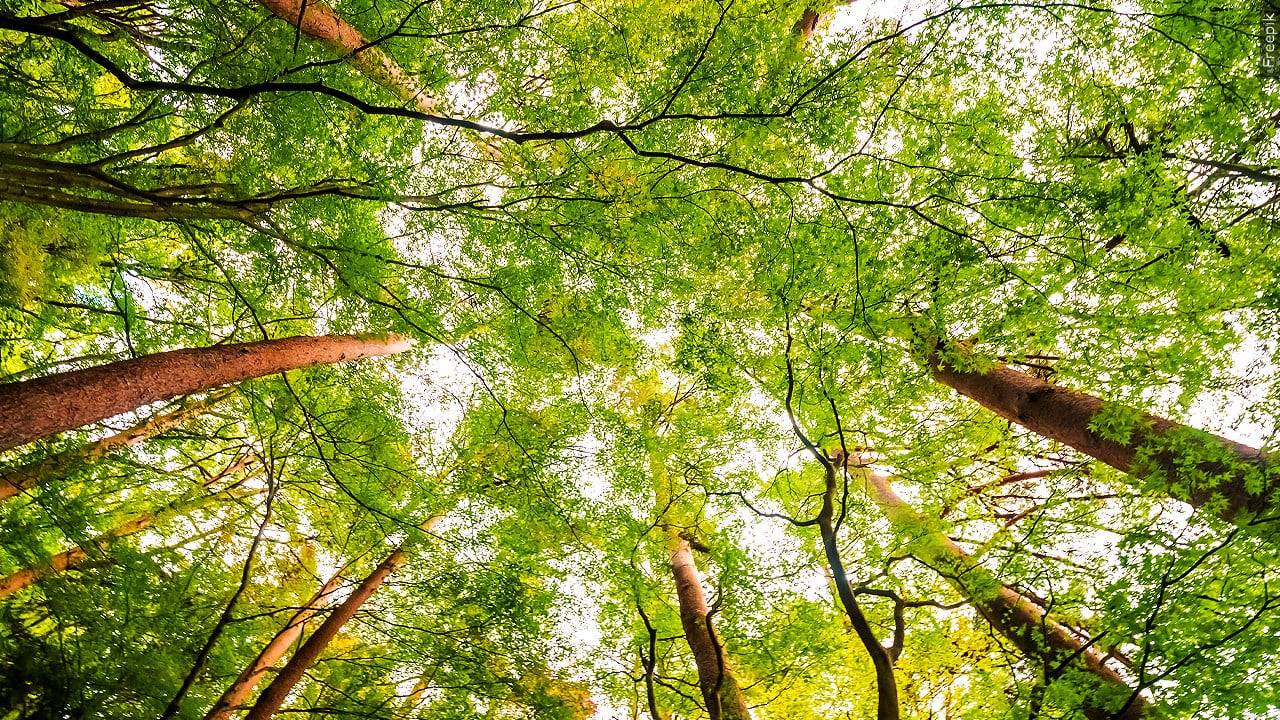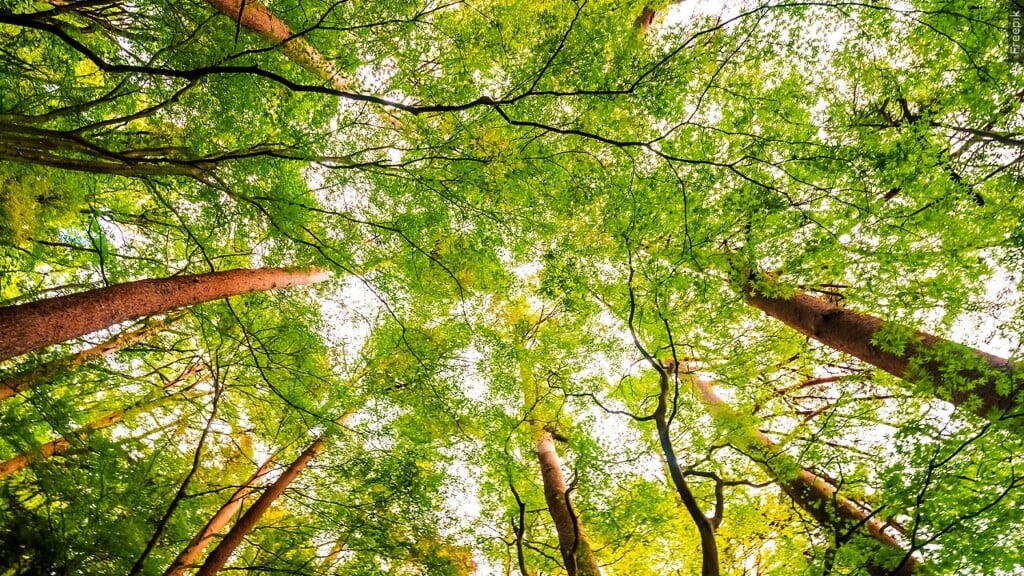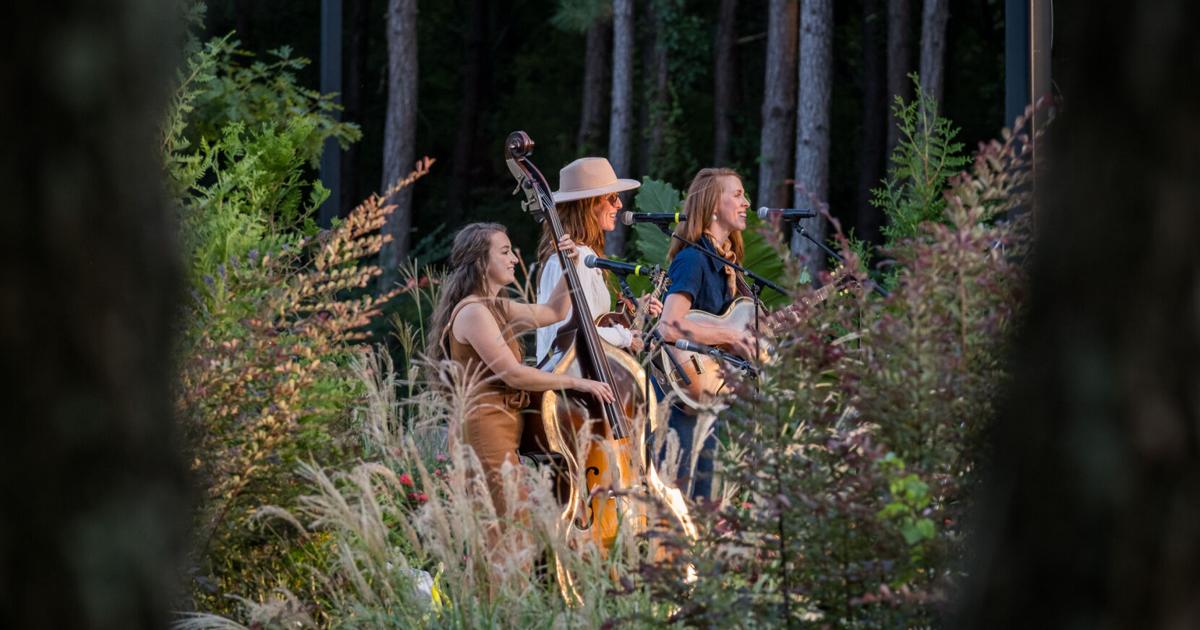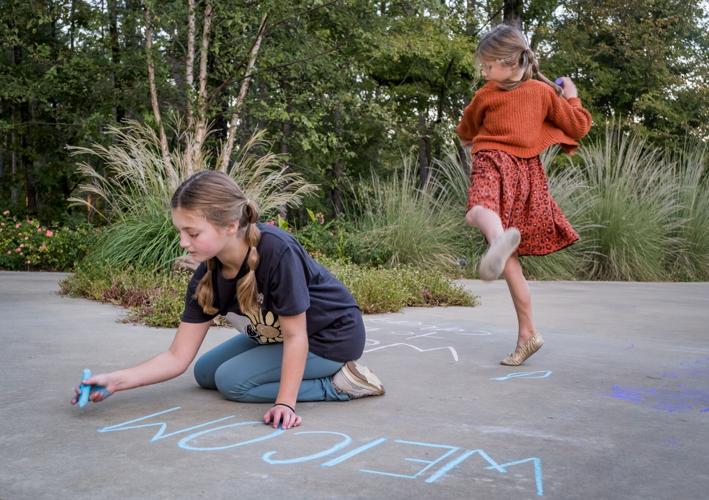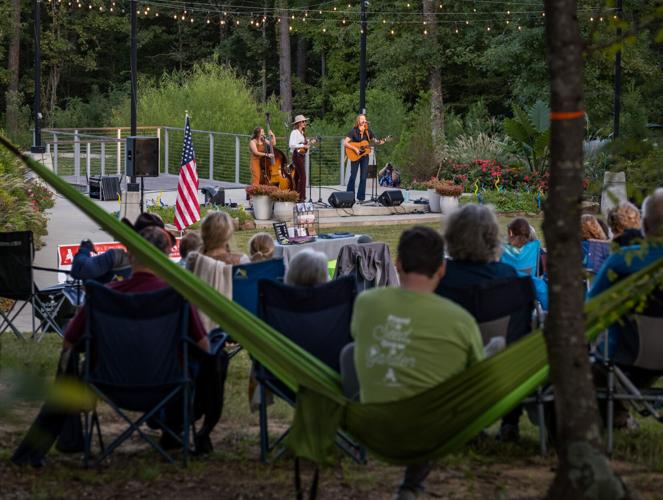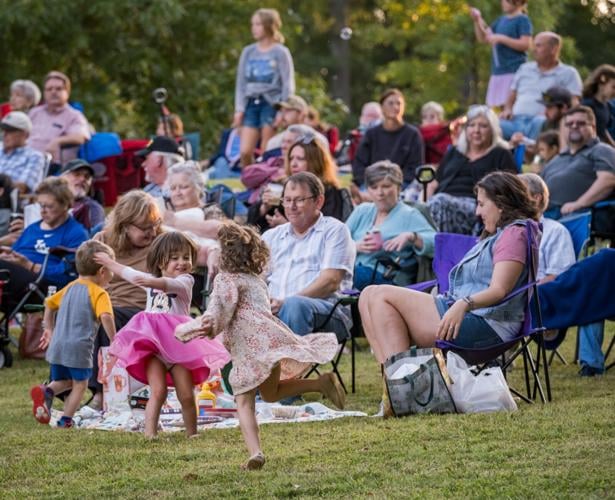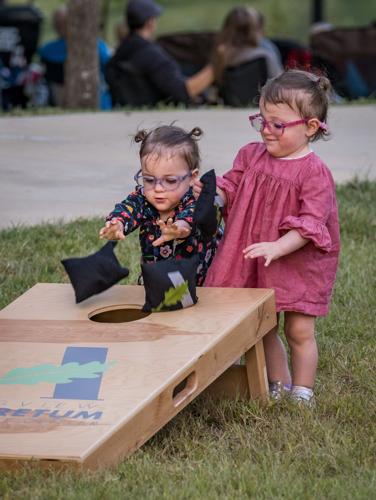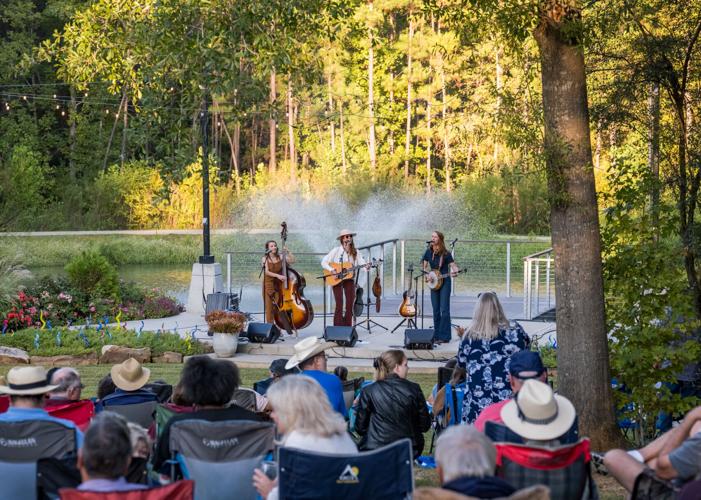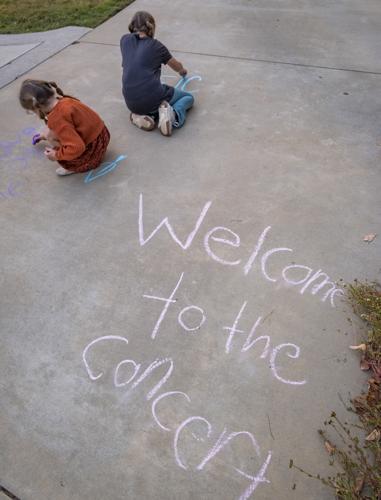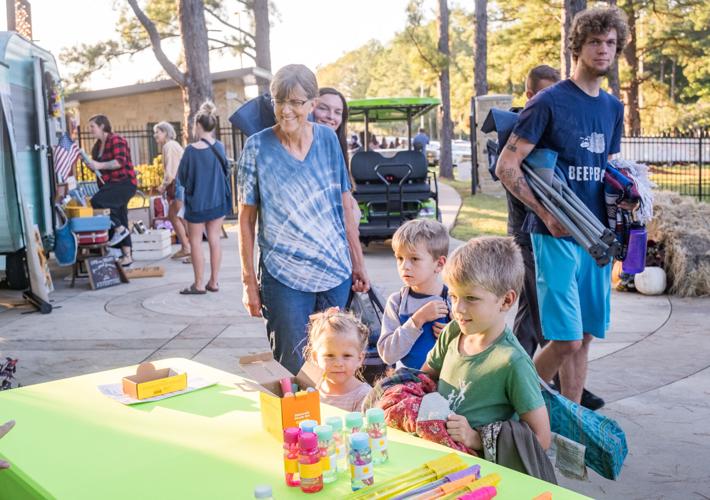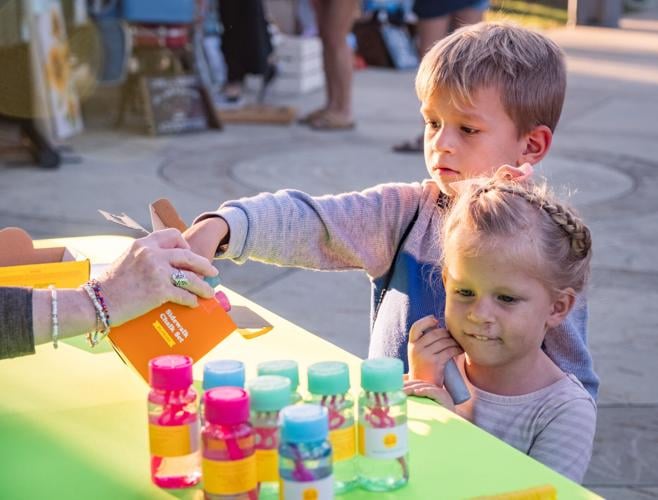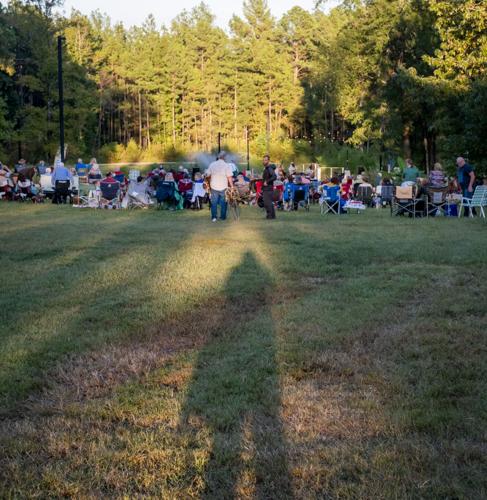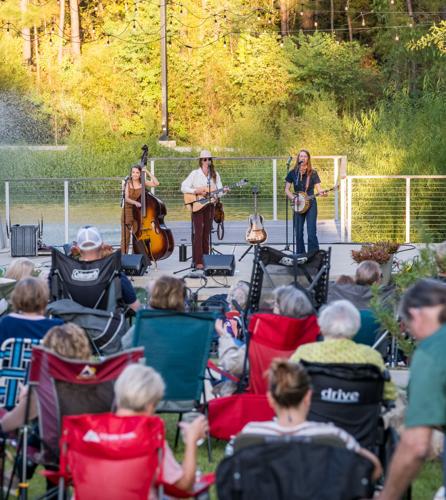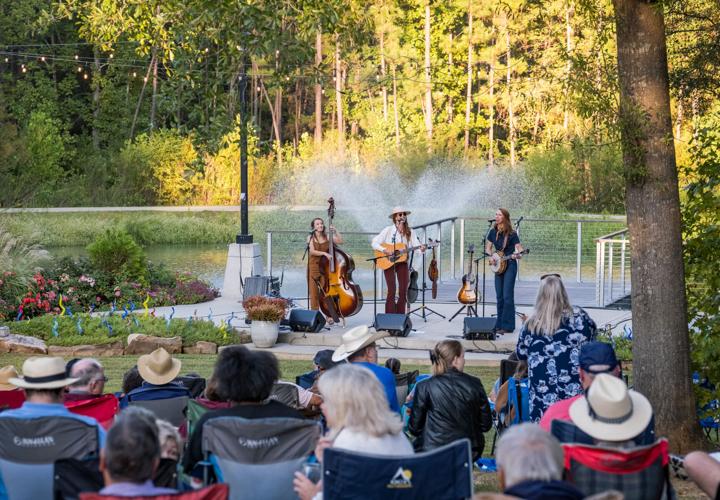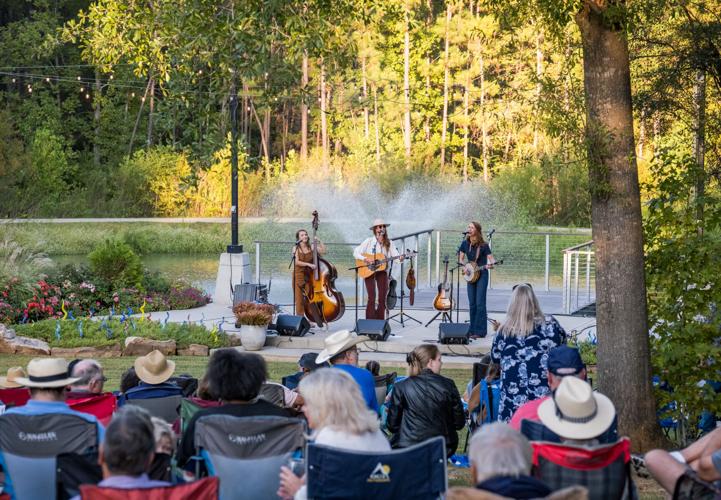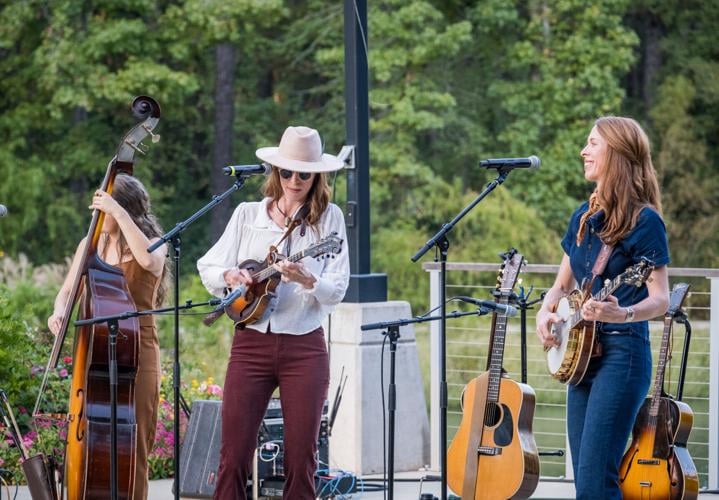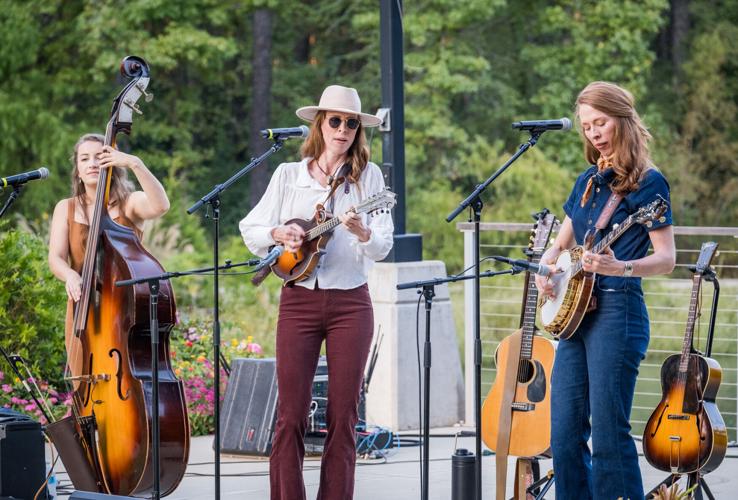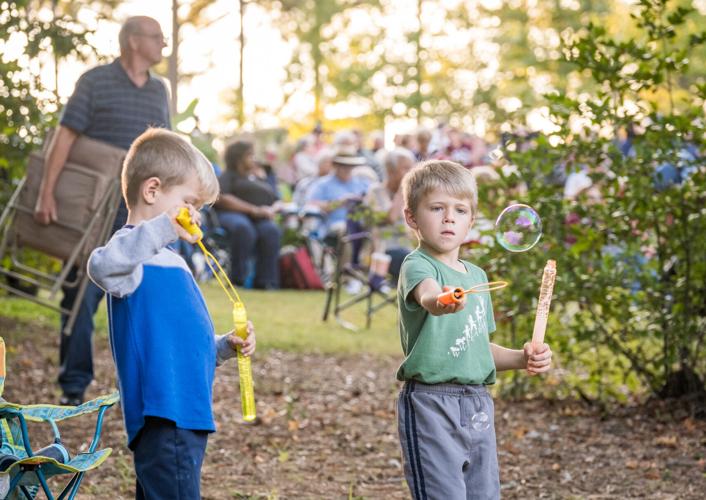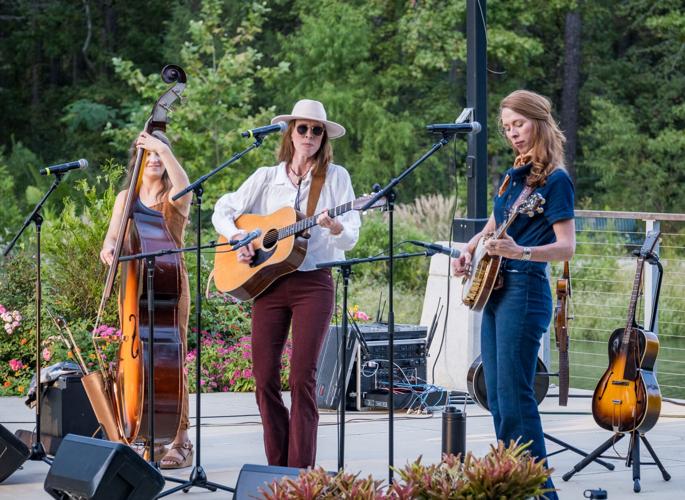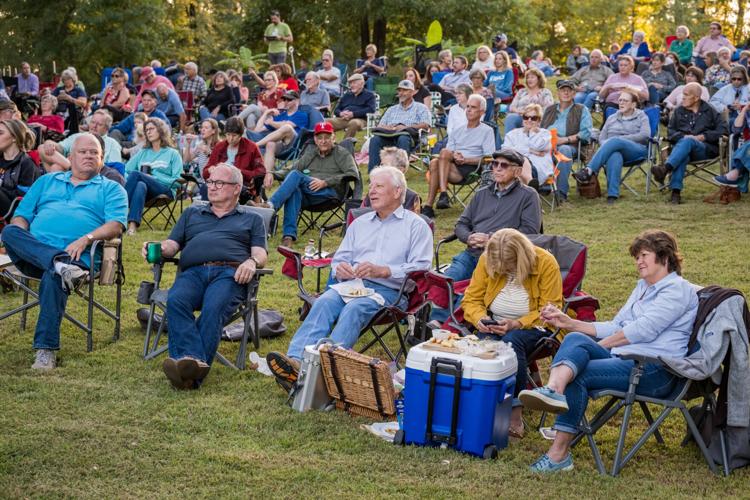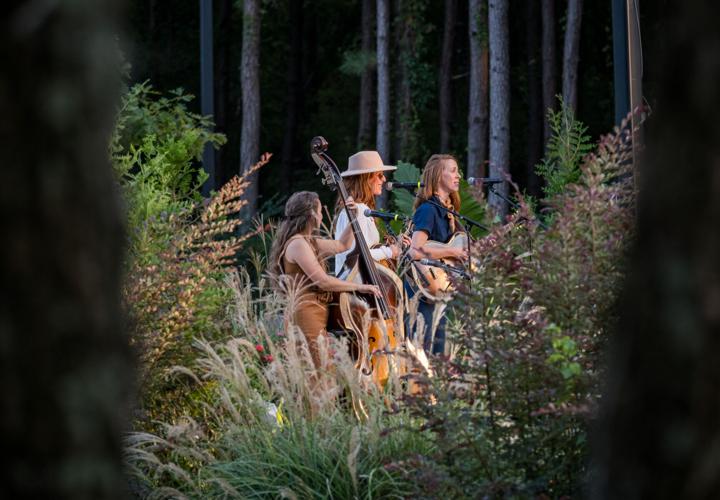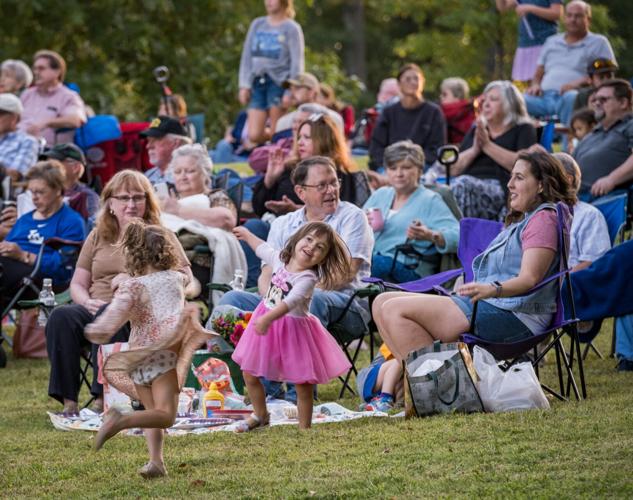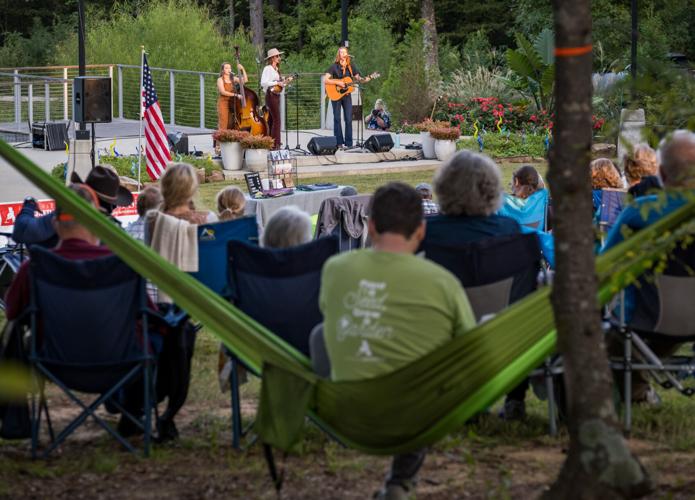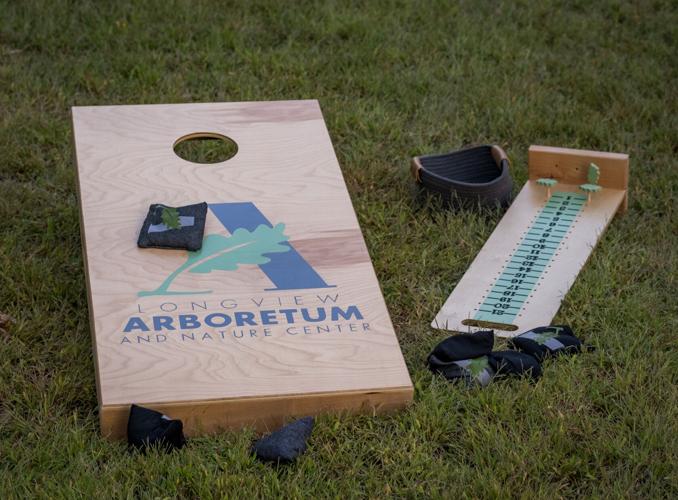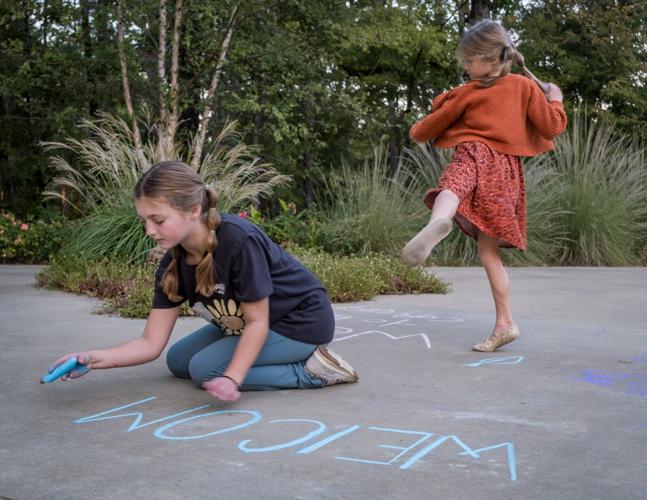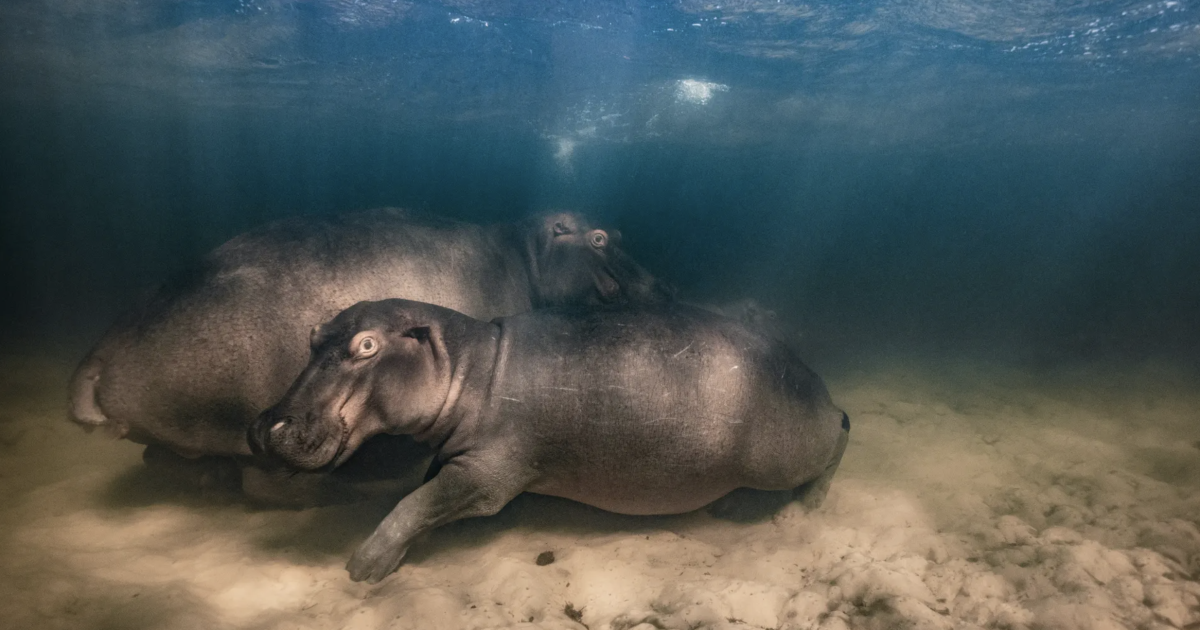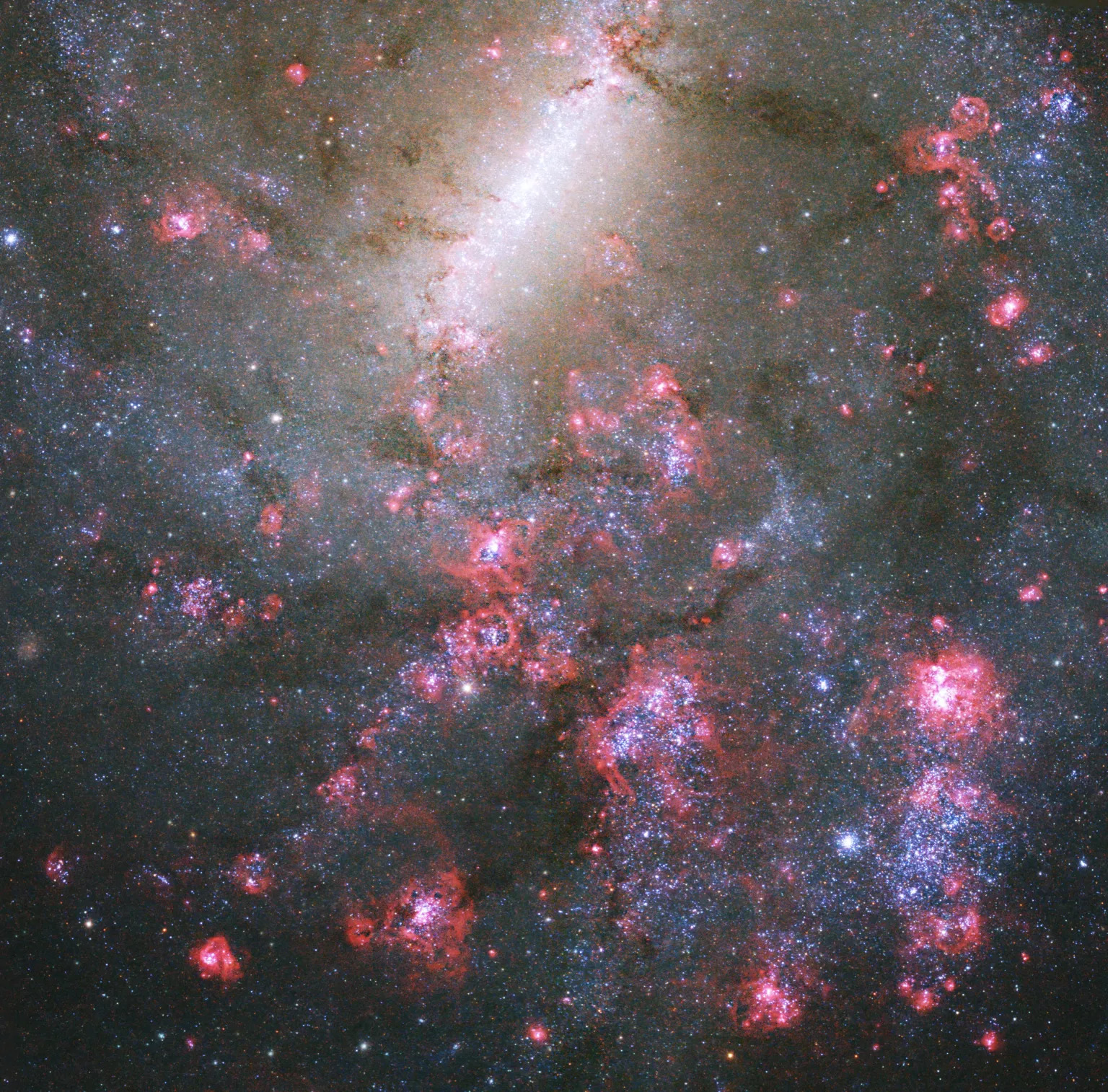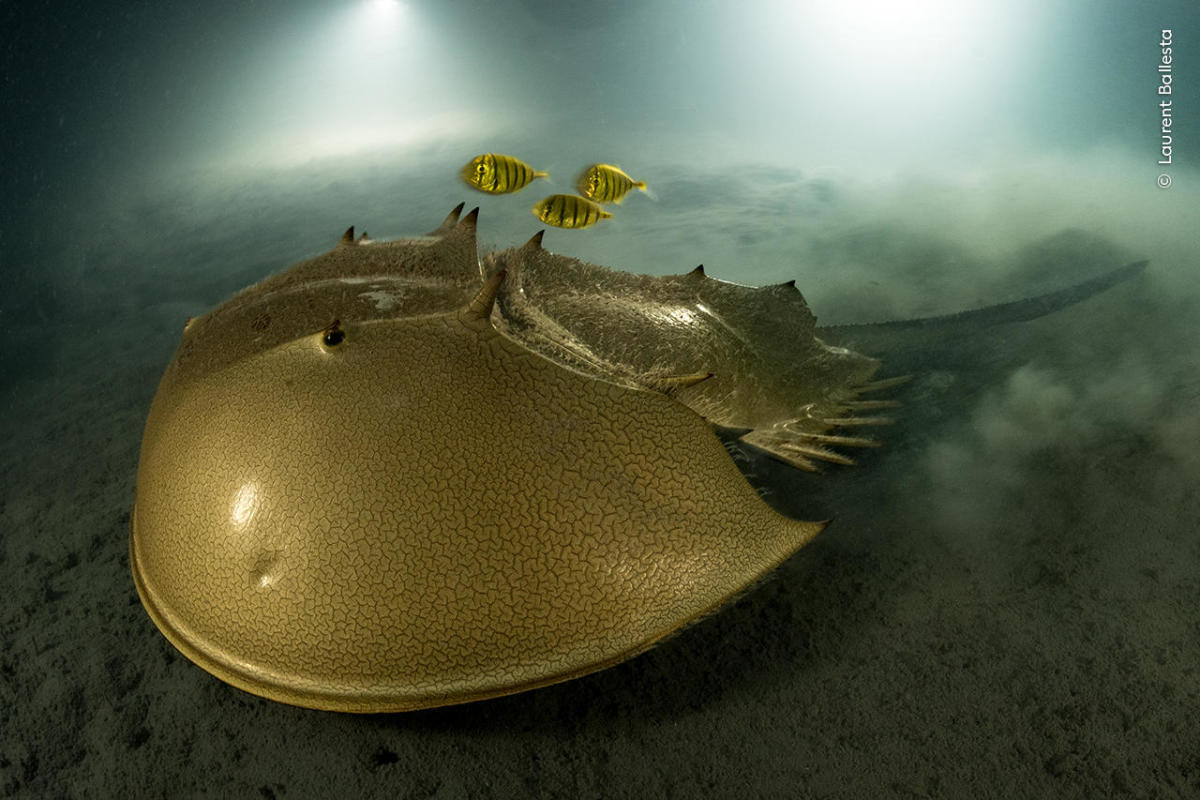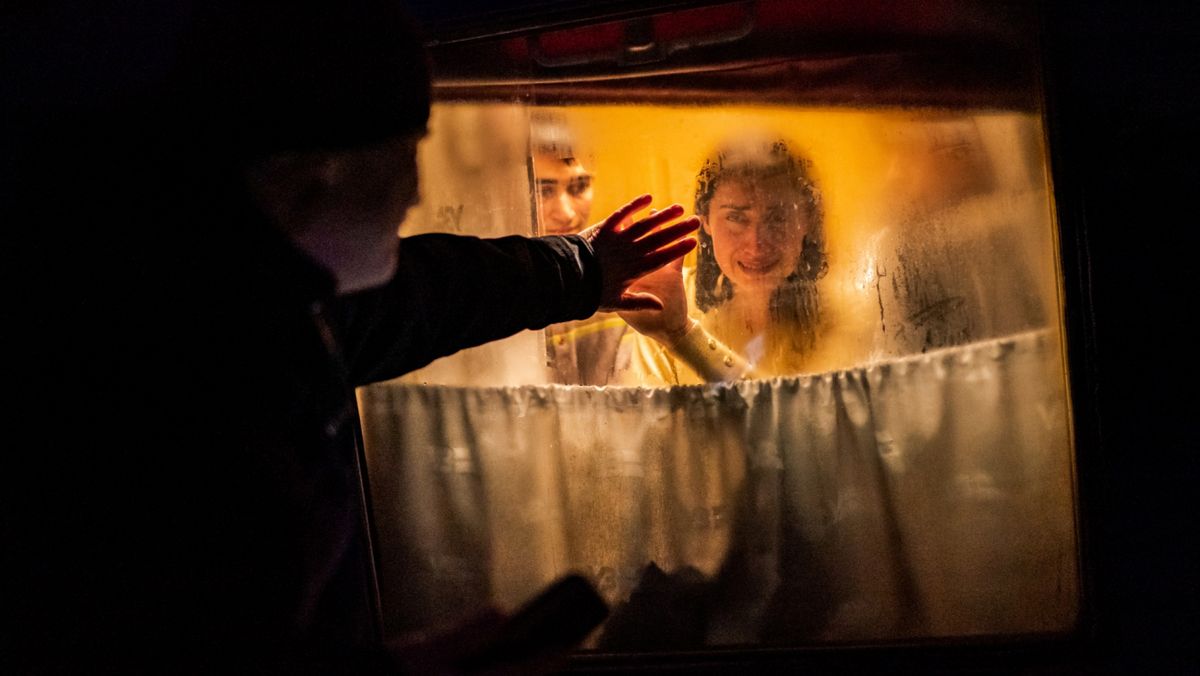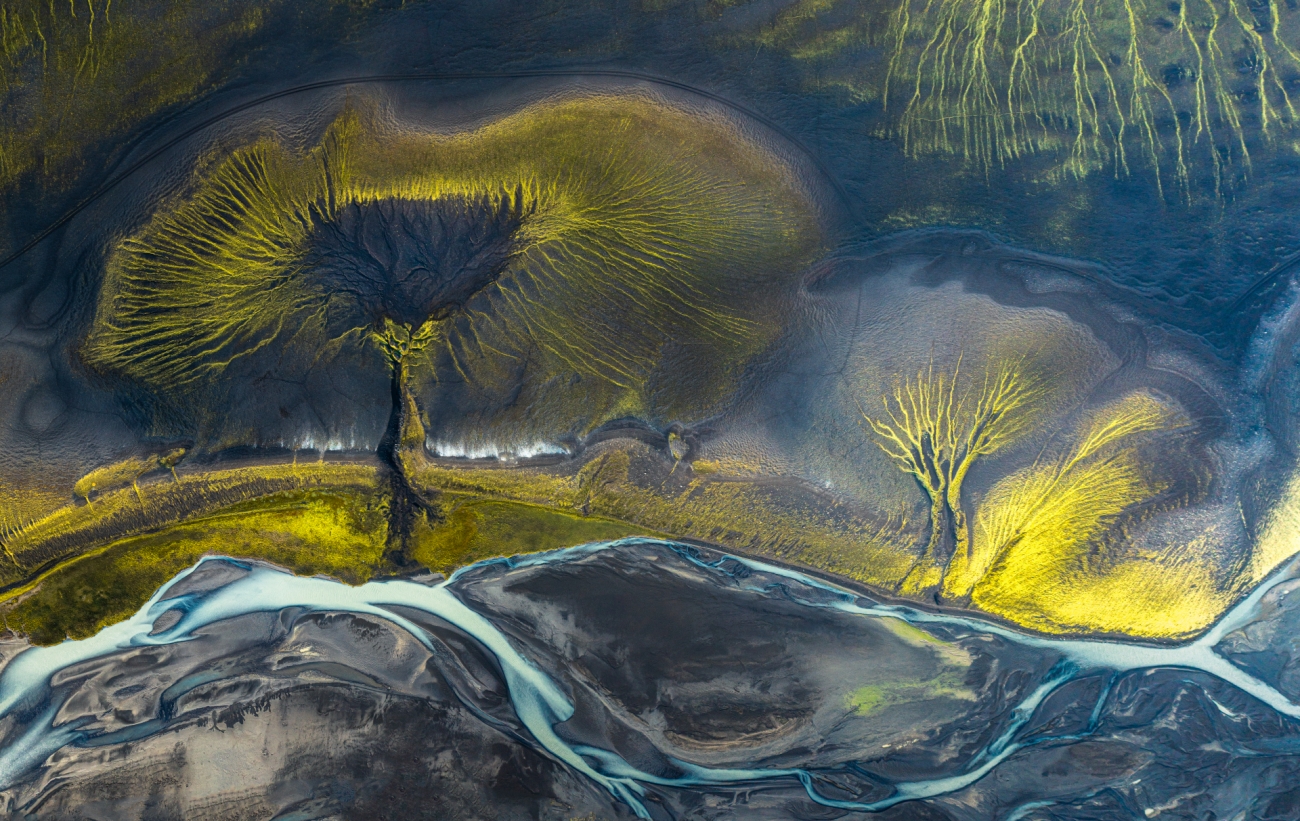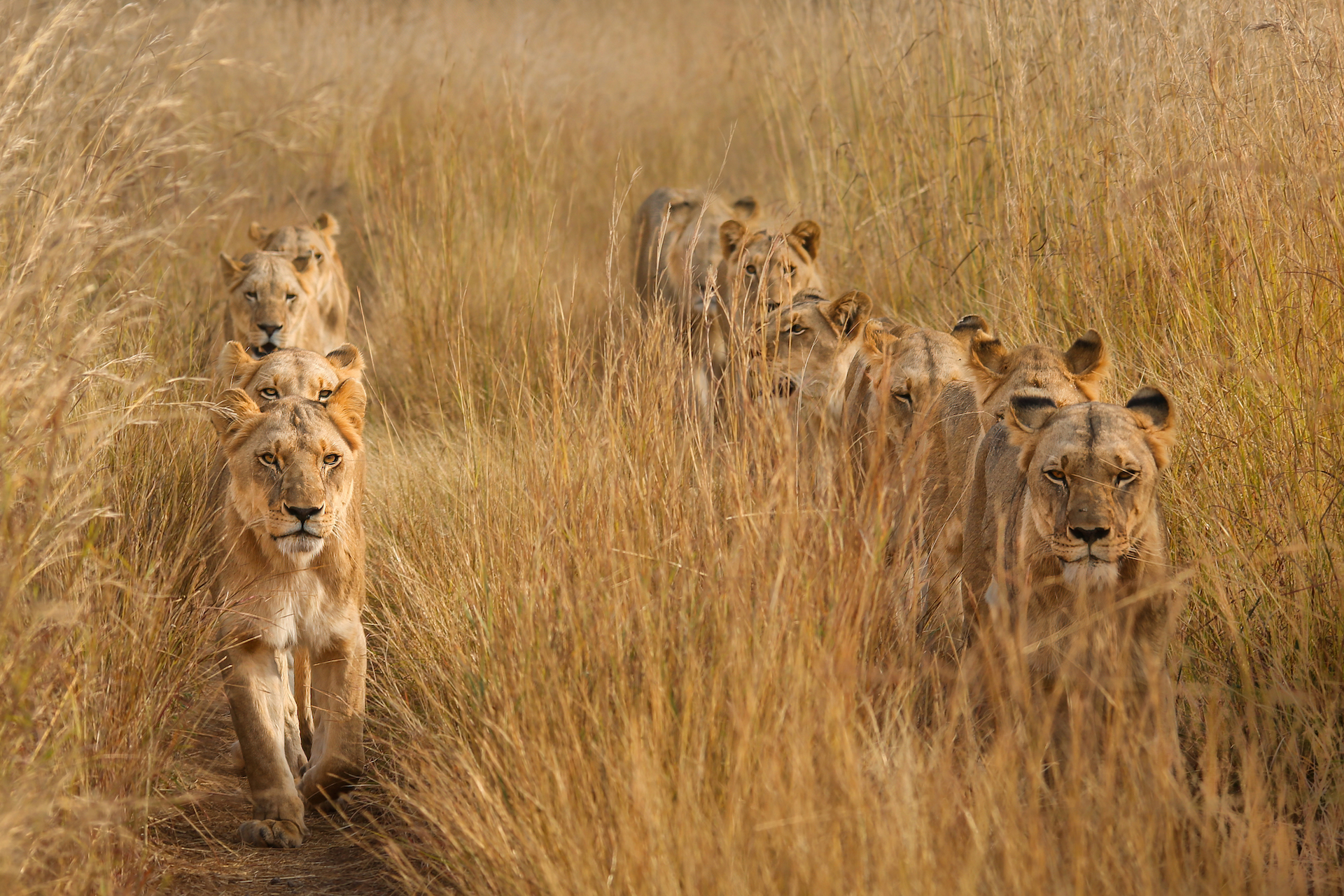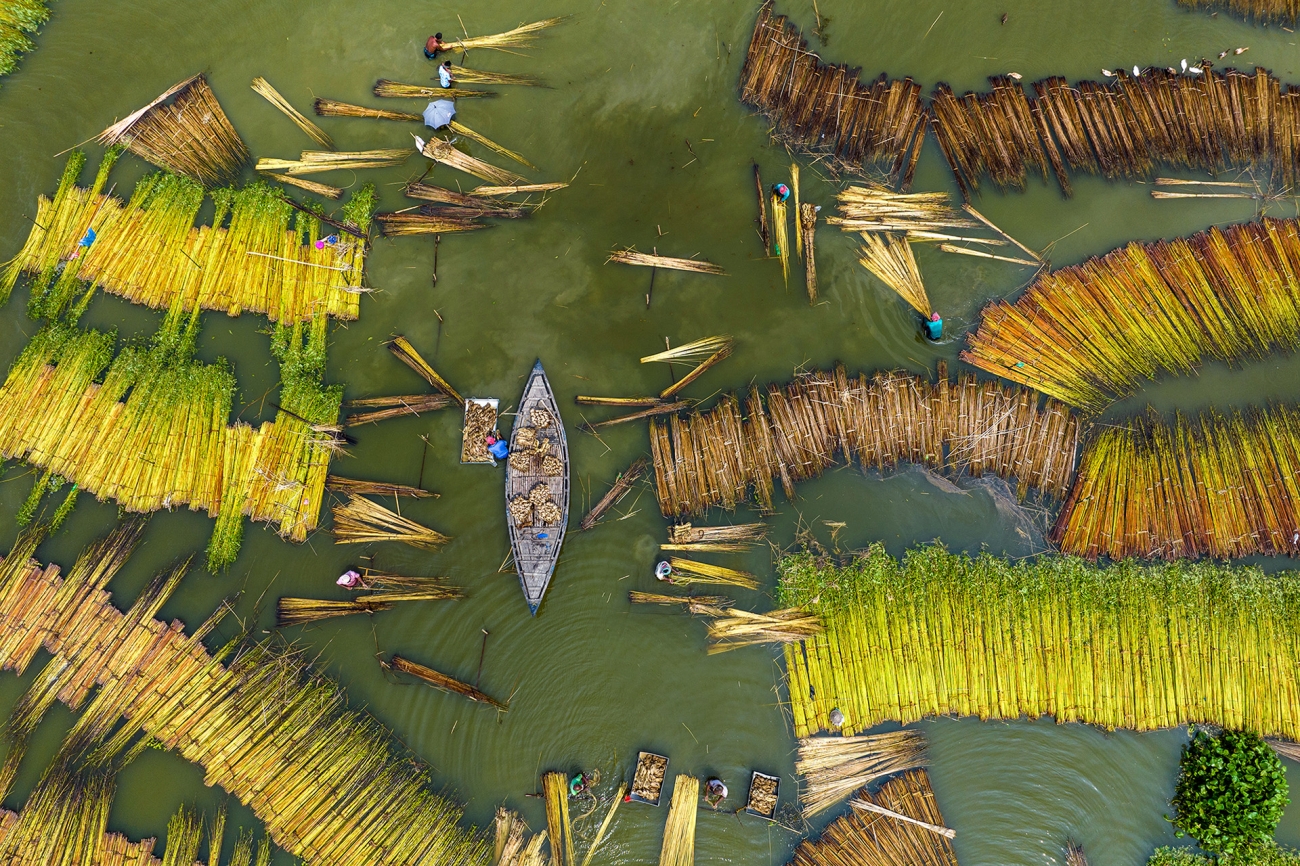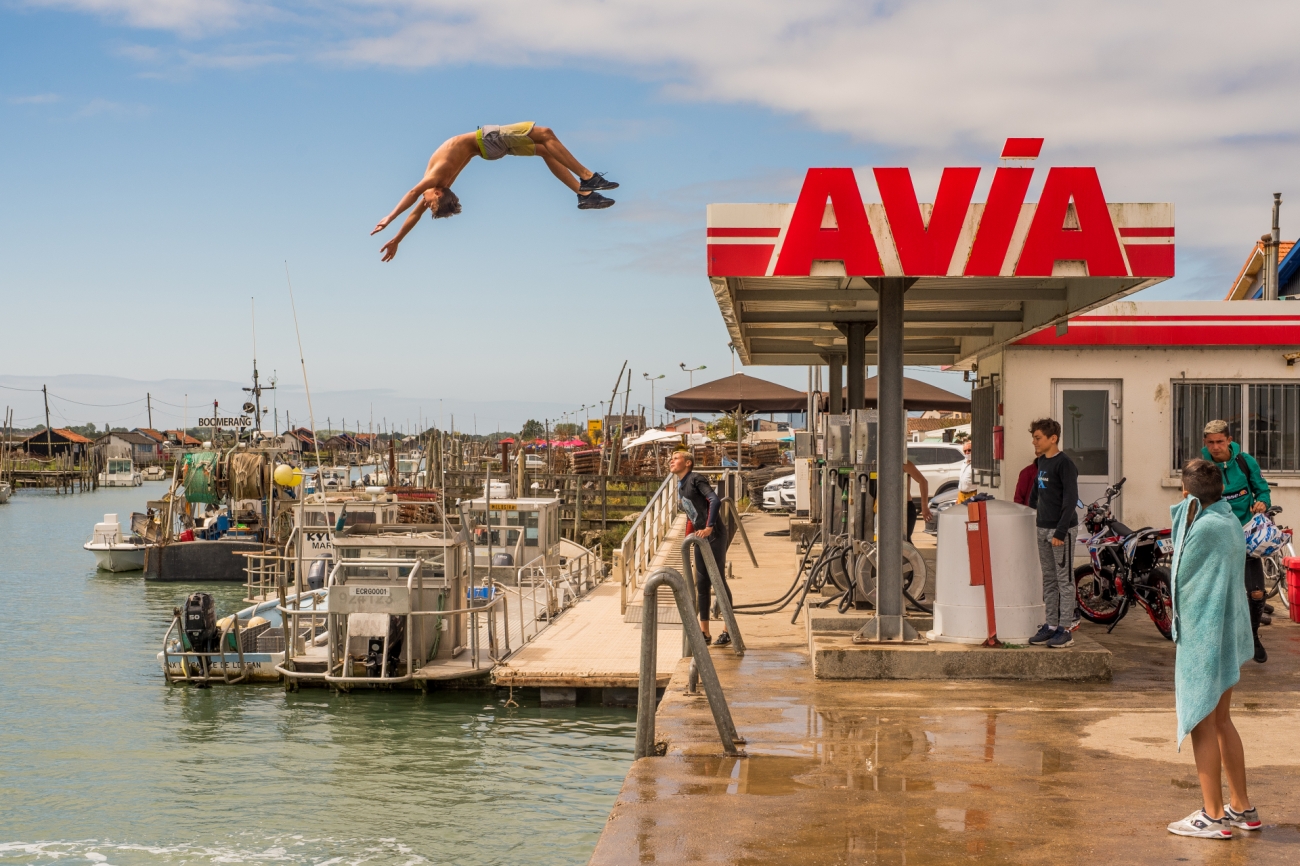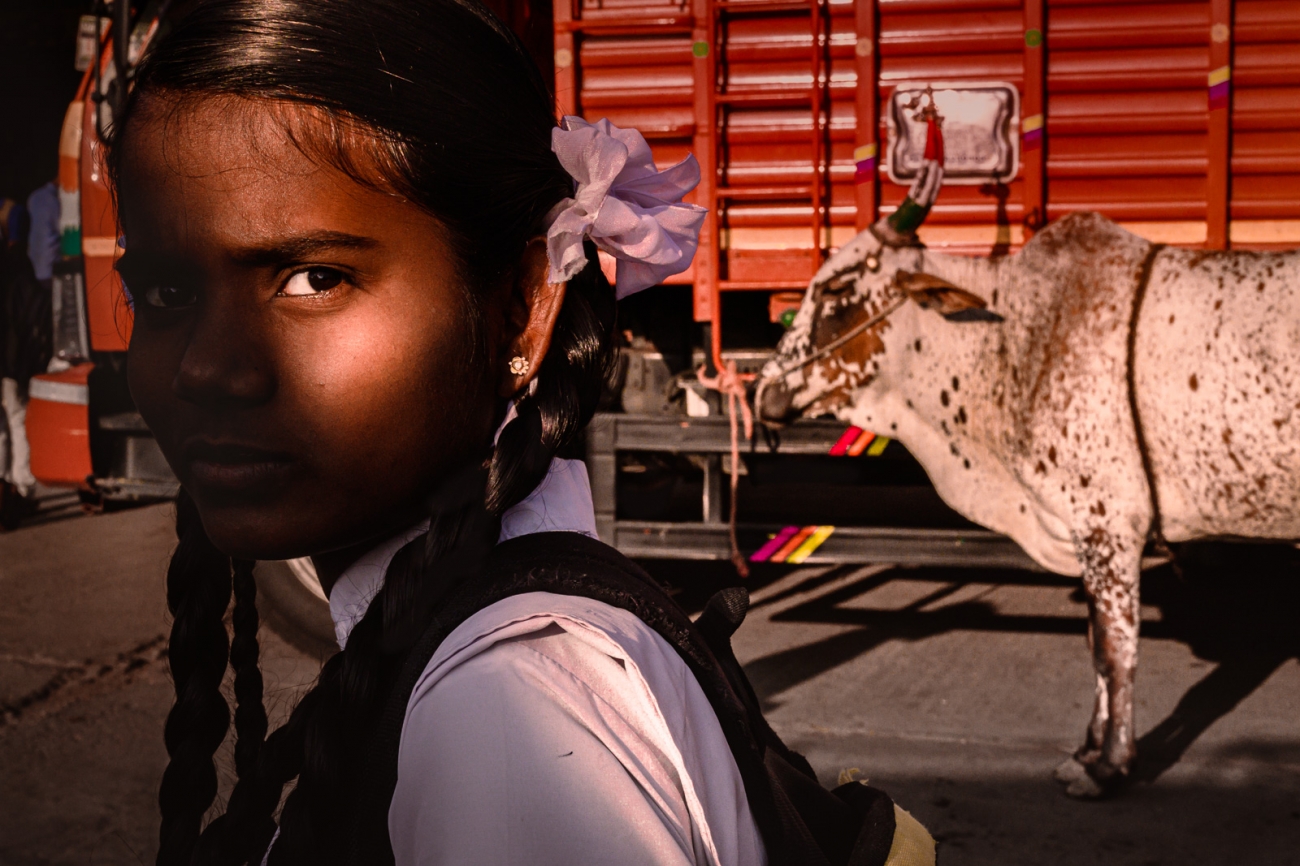[ad_1]
Notes come from around Chicago outdoor and beyond.
FIELD NOTES
DALE’S MAILBAG
“While wandering around Morton Arboretum recently, a friend and I happened across this. Pictured is a variety of fly agaric (Amanita muscaria), a very beautiful but poisonous mushroom. Legend has it that Vikings would ingest them before battle and then go berserk fighting their enemies. Pretty cool, huh?” Paul Bleers
A: Beyond cool. Andy Miller, principal mycologist with the Illinois Natural History Survey, emailed that it was Amanita muscaria var. guessowii. He added, “It is one of the most photogenic and easily recognized mushrooms in the USA. It differs from the true fly agaric in having a yellow cap vs. a red cap.
The page by the U.S. Forest Service includes this tidbit: “In the `old world,’ the psychoactive fly agaric mushroom (Amanita muscaria) has been closely associated with northern European and Asiatic shamans and their rituals. Researchers have documented its use or presumed use by numerous cultures throughout Europe and Asia. In Siberia, its use predates the crossing of the Bering Straits into North America.”
WILD OF THE WEEK
John and Sandy Anspach emailed the photo below and this, “A few days ago we saw this amazing little display of nature’s beauty and ability to thrive on a sign post.” It was on the Des Plaines River Trail at Deerfield Road.
WOTW, the celebration of wild stories and photos around Chicago outdoors, runs most weeks in the special two-page outdoors section in the Sun-Times Sports Saturday. To make submissions, email ([email protected]) or contact me on Facebook (Dale Bowman), Twitter (@BowmanOutside), Instagram (@BowmanOutside) or Blue Sky (@BowmanOutside).

A prime example of nature’s abilty to endure on a signpost along the Des Plaines River Trail.
WILD TIMES
FISH GATHERINGS
Tuesday, Oct. 17: Cory Yarmuth of Midwest Outdoors, Arlington Anglers, Poplar Creek Banquets, Hoffman Estates, 6:30 p.m., arlingtonanglers.com
Wednesday, Oct. 18: Ken “Husker” O’Malley on fall fishing, South Side Muskie Hawks, The Sock Bar and Grill, Hickory Hills, Chicago, 7 p.m., southsidemuskiehawks.org
Thursday, Oct. 19: Ralph Steiger on Lake Michigan smallmouth bass, salmon and trout, Fish Tales Fishing Club, Worth Township offices, Alsip, 7 p.m., fishtalesfishingclub.com
U.S. COAST GUARD AUXILIARY
Monday, Oct. 16: Boat America, Northfield, Dan O’Connell, [email protected]
Next Saturday, Oct. 21: Boat America, Chicago, Dan O’Connell, [email protected]
HUNTER SAFETY
Oct. 21-22: Mokena, [email protected]
ILLINOIS PERMITS/SEASONS
Sunday, Oct. 15: Frog season (bullfrogs only) ends
Tuesday, Oct. 17: Remaining firearm/muzzleloader deer permits sold over-the-counter
MARITIME FUNDRAISER
Oct 26: Maritime folklore and fundraising, Chicago Maritime Museum, Chicago photographer, Barry Butler, and Tall Ships captain, Tom Kastlle host, chicagomaritimemuseum.org/events.html
LAKE MICHIGAN FISHERIES MEETING
Nov. 1 (virtual meeting Nov. 9): Illinois-Indiana Sea Grant’s Lake Michigan meeting, including tracking fish with acoustic telemetry, emerging research on PFAs in Lake Michigan fishes and Indiana DNR fisheries report, Portage Lakefront and Riverwalk classroom, Portage, Ind., 6-8:30 p.m. register at purdue.ag/fall-2023-fisheries
[ad_2]
